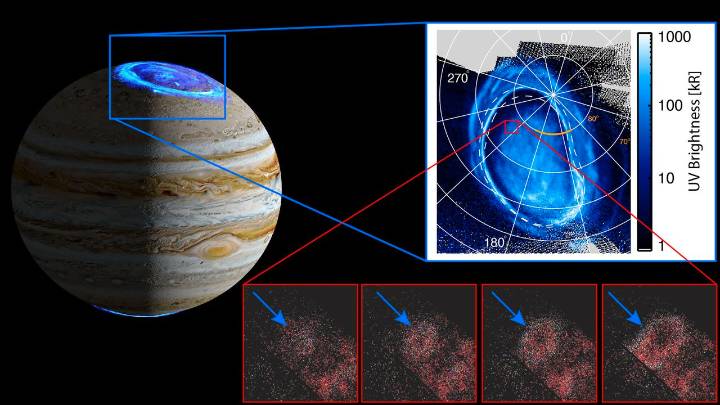The shimmering northern lights that streak across Alaska's skies have wilder cousins on Jupiter — they're bigger, stranger, and now tied to a discovery helping scientists better understand space weather.
These "alien auroras" on our solar system's largest planet have revealed a previously unknown type of plasma wave, according to a study led by researchers at the University of Minnesota Twin Cities. The finding could help scientists better understand auroras on other worlds and how magnetic fields shield planets, including Earth, from harmful radiation streaming from their stars.
Auroras occur when streams of charged particles, guided by a planet's magnetic field, crash into a planet's atmosphere. On Earth, the result is the colorful northern and southern lights, visible in green and blu

 Space.com
Space.com

 WKOW 27
WKOW 27 FOX Weather
FOX Weather FOX 51 Gainesville Crime
FOX 51 Gainesville Crime FOX 35 Orlando
FOX 35 Orlando New York Post
New York Post CBS News
CBS News Reuters US Top
Reuters US Top The US Sun Latest
The US Sun Latest Raw Story
Raw Story